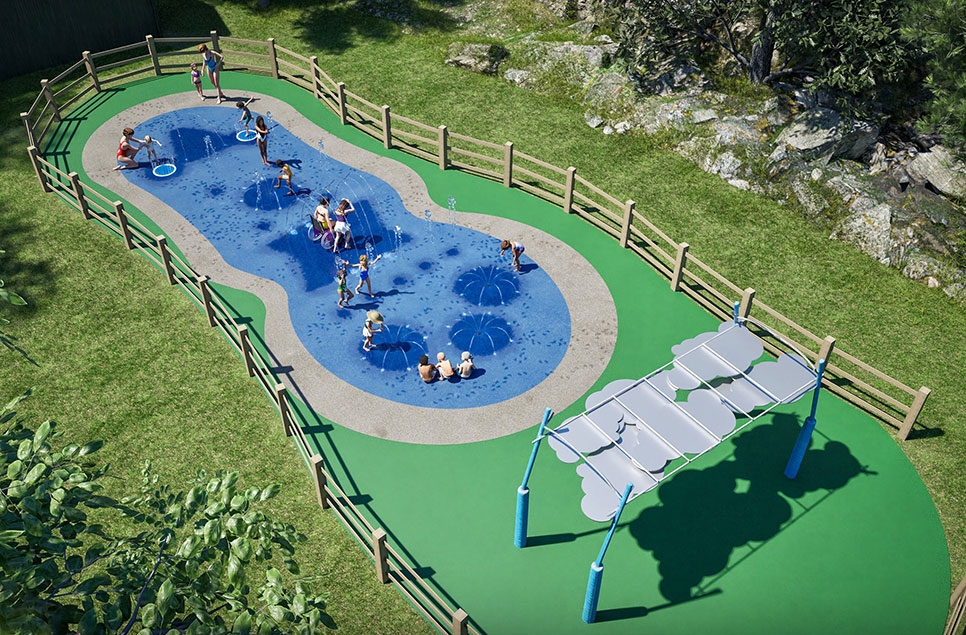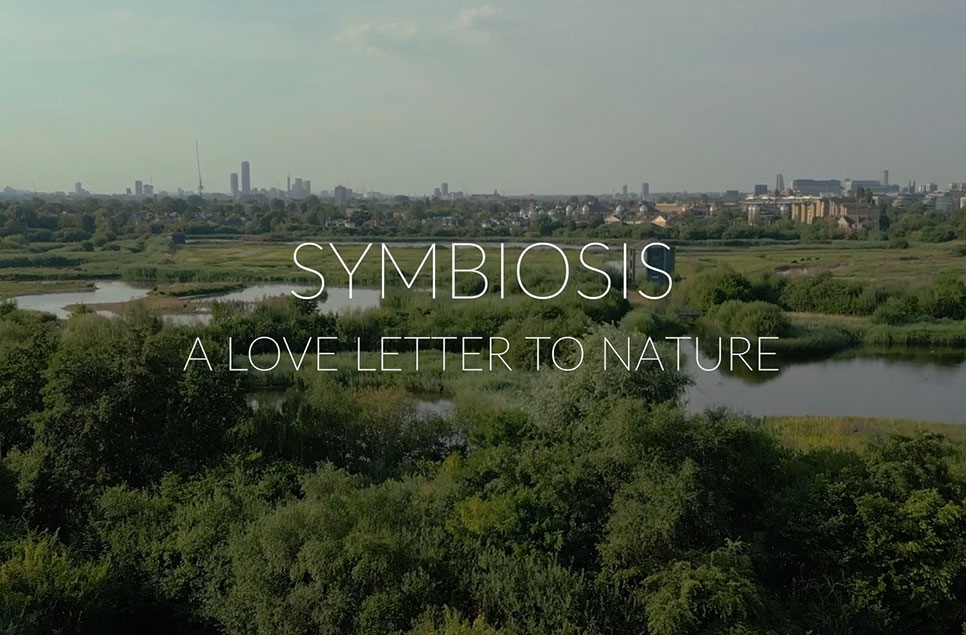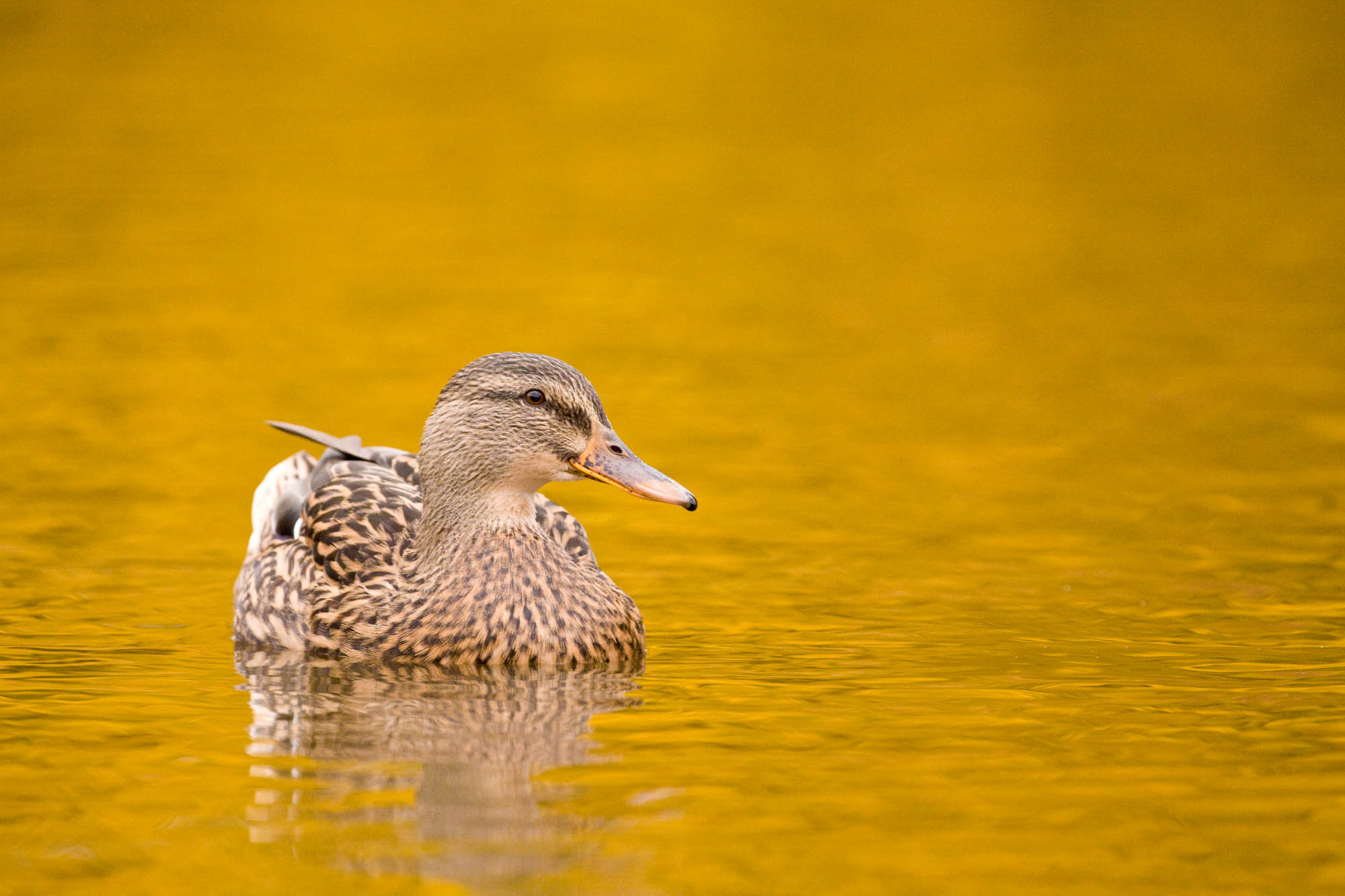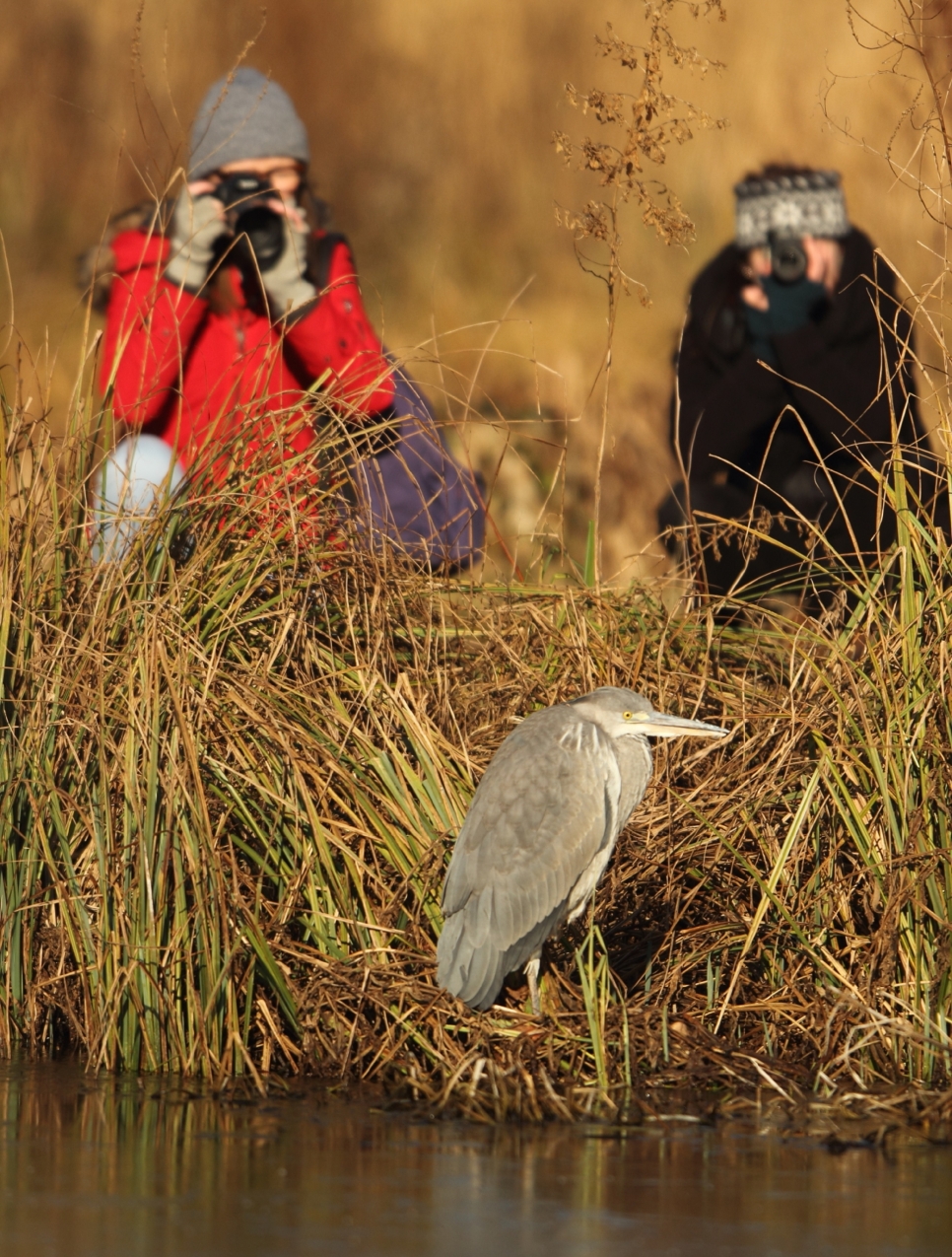3 birds to spot at London Wetland Centre this September
3 birds to spot at London Wetland Centre this September
Teal
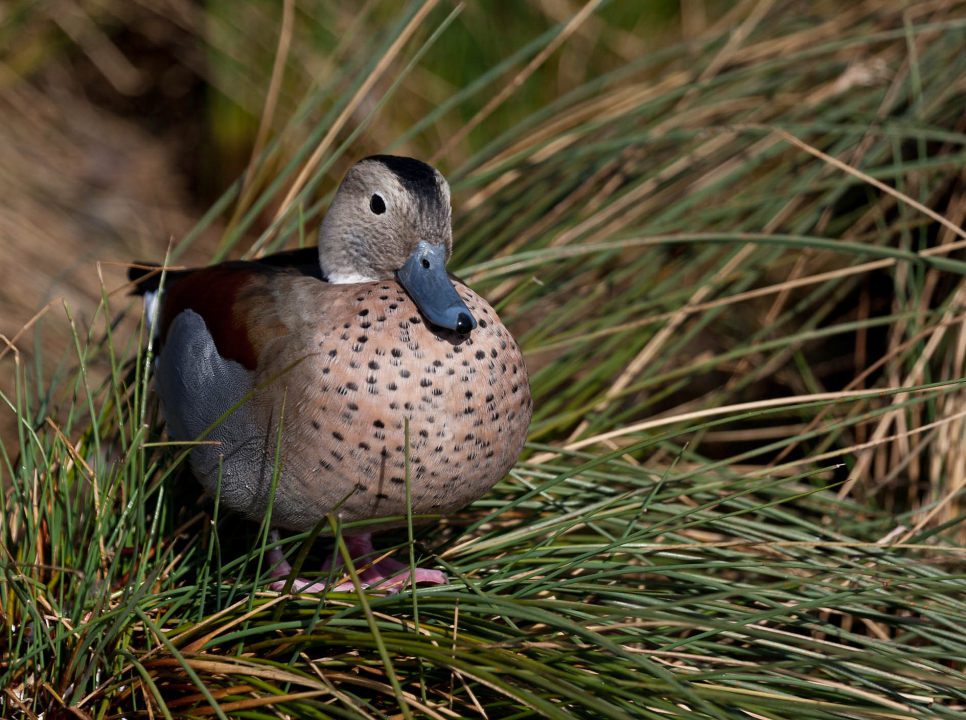
Teal, the smallest UK duck, has been the talk of town at London Wetland Centre. Over the past decade, there has only been a handful of Teal breeding here, never in great numbers and not always successfully. This year, however, a breeding pair managed to raise a brood to the fledging period.
While small for a duck, Teal are very fast fliers. Many of the UK birds seen at the London Wetland Centre migrate hundreds of miles from the east in the winter, often from as far afield as Siberia, while some birds stay within the UK all year round. Autumn and winter arrivals generally show up in August and September, then return in March. That means now is definitely the time to keep your binoculars trained.
Teal are secretive ducks in the breeding season and can be difficult to see. Try looking for a male hanging around dense vegetation, such as ditches or edges of islands. Meanwhile his mate could be hidden in a nest in the safety of some reeds and sedges.
Male Teal have beautiful markings of blue and green in their flight feathers, as well as stripes of yellow and green on the head, which stand out from the background brown feathers. Females lack the bright colours but still sport lovely brown shades.
Another interesting tidbit to earn you a birder badge: Teal have a lovely song of fluty notes, which often get repeated quicker and quicker when the birds are displaying or become agitated by a nearby predator.
Bittern
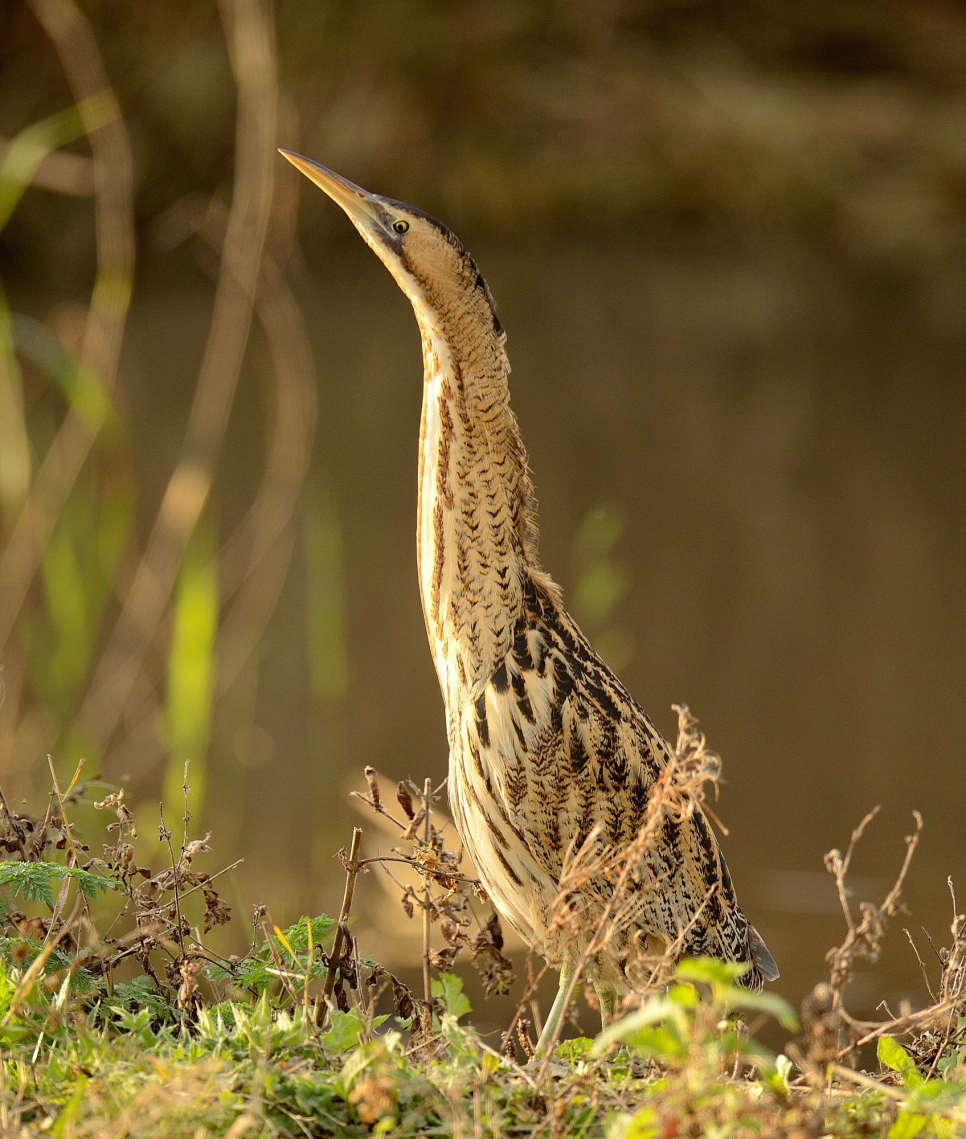
Winter Bitterns don’t usually return to the UK from continental Europe until October at the earliest. In early August, however, several sightings were made on the sheltered lagoon, making them the earliest sightings ever recorded on site. We don’t know if the bird is here at the moment; they are masters of camouflaging in reedbeds and are notoriously difficult to see unless in flight. If you spot one, definitely let one of our team members know!
Passage waders
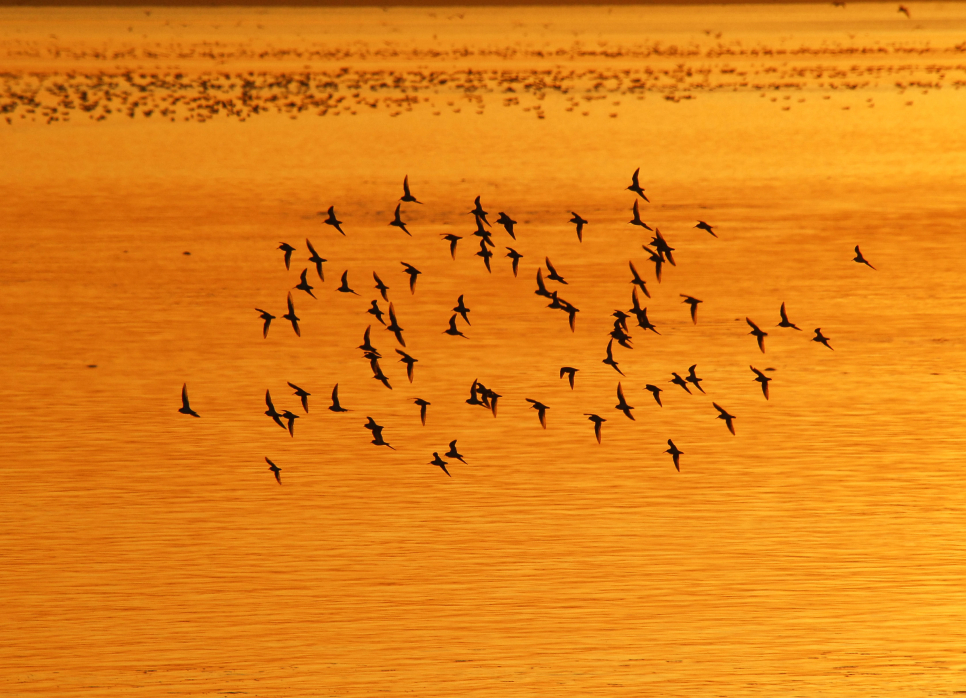
The sparkling main lake continues to be the best part of the reserve. The exposed muddy and shingle edges of the islands have been attracting passage waders daily. This is a lot more frequently than usual owing to the great drop in water levels. A small silver lining to the ongoing water crisis.
How should we look after these birds to make sure they keep coming back in great numbers and good health? Simply visiting the nature reserves can support their numbers. Becoming members of conservation charities like WWT also helps, as the funds get spent on world-class habitat management for breeding and wintering ducks, like the Teal.
For those who want to connect their micro actions to macro changes, joining campaigns to protect vanishing wetland habitats in your area is crucial. No single organisation. You can urge the UK government to prioritise and invest in more wetlands, including in towns and cities. by signing our Wetlands Can! Pledge here.
In the meantime, whether you are a seasoned birder or visiting London Wetland Centre for the first time, don’t hesitate to flag down a staff member who would be more than happy to tell you about the best areas for bird-watching and what you should know about them.
